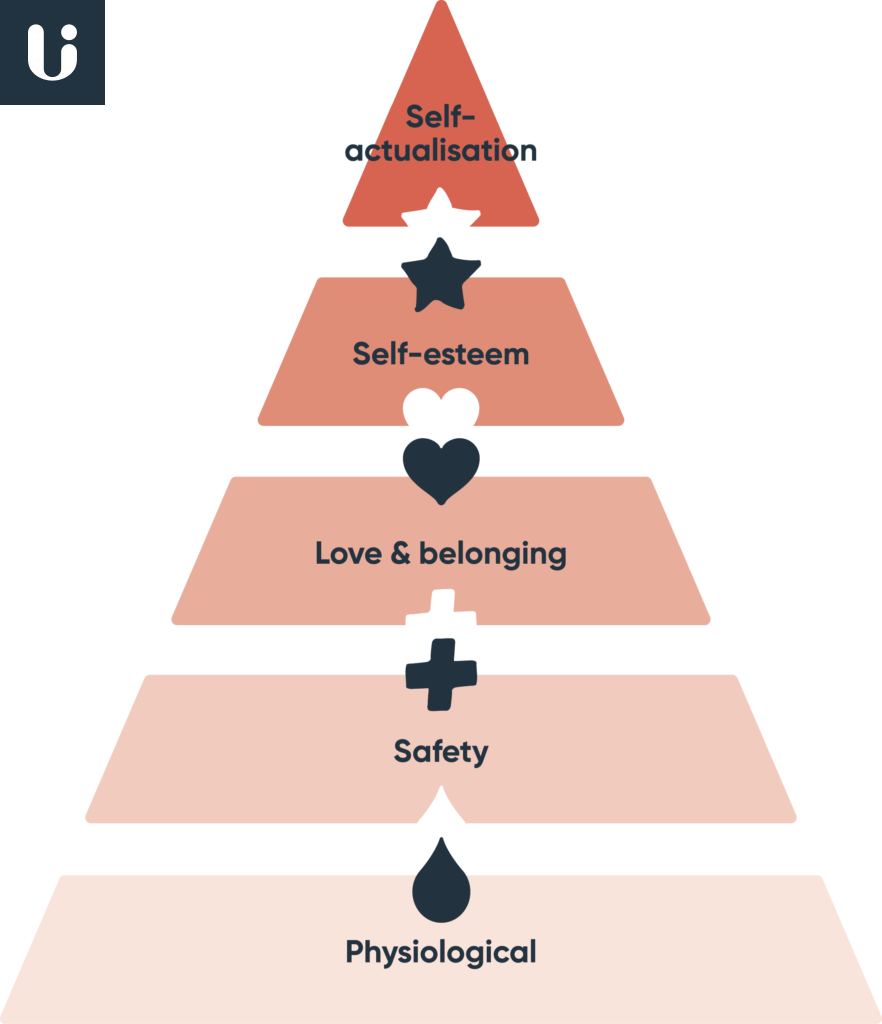Feature by Dr. William A. Carter
By now, almost everyone knows what Botox is; it is widely accepted as a way to lessen the appearance of wrinkles. Specifically, it accomplishes this by inhibiting the transmission of the nerve impulse sent from the brain to the particular facial expression muscle which has been injected with Botox. Since the nerve impulse is blocked from stimulating the contraction of the expression muscle, the creasing of the facial skin caused by the muscular contraction cannot occur. If the skin cannot be flexed/bent/creased, then those associated skin creases (active expression wrinkles) soften and flatten out over time. Complete elimination of a purely active expression wrinkle, when there is no residual wrinkle at rest, will take between ten and fourteen days after a Botox treatment. If initially there was a wrinkle at rest (a so-called memory etch crease), then it could take months or even years of repeated Botox treatments for said memory etch creases to completely flatten out.
This is where fillers come in. Whereas Botox relaxes muscles and thereby allows skin to gradually flatten out, fillers take up space underneath the skin. Fillers don’t relax anything and don’t affect facial expression muscles at all. The very first facial fillers were utilized by ancient people thousands of years ago. Vegetable material, animal parts, and paraffin were among the earliest fillers. These ancient fillers were associated with myriad problems, including infection and rejection. Most of my aesthetic colleagues today utilize only biocompatible materials which last in the body for anywhere between a few months to two or three years.
The first filler in the U.S. to gain FDA approval was bovine collagen. It required skin testing a few weeks before use, and only lasted a maximum of four months. The first filler I ever used was Restylane. This product revolutionized our country’s filler market since it did not require skin testing, and lasted a minimum of four months and up to two years when used under the eyes. Presently, the vast majority of fillers used are composed of hyaluronic acid, or HA. This is a carbohydrate produced by our own bodies and found mostly in our skin. All of the Restylane and Juvederm families of fillers are made up of HA. In our office, the only non-HA fillers we carry are Radiesse (made up of 30% calcium hydroxylapetite and 70% carboxymethyl cellulose), and Sculptra (poly-L-lactic acid crystals)…
Since 1999, Dr. Carter has been extensively involved in all office-based responsibilities having to do with appearance optimization. He has performed over 35,000 Botox treatments and thousands of laser and filler procedures. He maintains active practices in Lancaster, Dauphin, and York counties.





